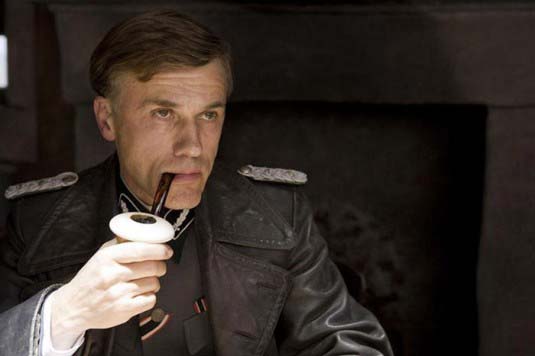The thinly veiled allegory in “Killing Them Softly” is that the American system of economy and culture is broken, and the people pulling the strings may as well be sleazy, stupid criminals. I say that’s bull, not because I necessarily disagree with Director Andrew Dominik but because his broad analogies, over stylized film and nonsensical story prove nothing.
It’s about two gangsters, Frankie and Russell (Scoot McNairy and Ben Mendelsohn), who are hired to rob a mafia poker game. The logic behind this is that one of the bosses himself, Markie (Ray Liotta), planned such a heist before, and if it were to happen again, they’d know who to blame.
But the bosses, whoever they are, aren’t completely stupid, because they hire Jackie (Brad Pitt) to find Frankie and Russell and just treat Markie like a patsy. The thought process is, Markie and the boys need to die because a message needs to be sent to other members of the mafia that their money is safe and that the black market economy isn’t in danger.
This alone does not make a compelling argument for how American Capitalism works or doesn’t. So “Killing Them Softly” is set around the 2008 Presidential Election, and these gangsters are very well informed on politics. Car stereos are always tuned to talk radio, airport and bar TVs are switched to C-Span, and wherever you go, you hear George W. Bush or Obama talking about the economy.
Simply put, Dominik is reaching. Jackie seems to think he’s picking winners and losers by allowing some parts of this mob economy to fail and be eliminated and others to be bailed out and kept alive. But the specifics as to who dies and why seems vague, namely because this mob doesn’t operate in realistic ways at all.
There’s no sense of community here. There are no women, no backstories, no bosses, and no organized crime against the law-abiding society. There are only rules and senseless beatings. One of the mob’s messengers (Richard Jenkins) explains you can’t get anything done today without passing every money exchange and hit by a committee, which doesn’t seem plausible, only a plot device. Even the sleazy and unlikeable vermin that make up “Killing Them Softly” are constructed as such so that the movie can linger on their bile, like in one scene when Russell hears every dirty, meaningless word and threat out of his partner’s mouth in a slow motion, drug-soaked haze.
“Killing Them Softly” is disgusting, less so for its violence, which during a drive-by murder and car wreck is fetishized beyond belief, but more so for its repulsive characters and cynically repellent ideas about American politics.
2 stars

